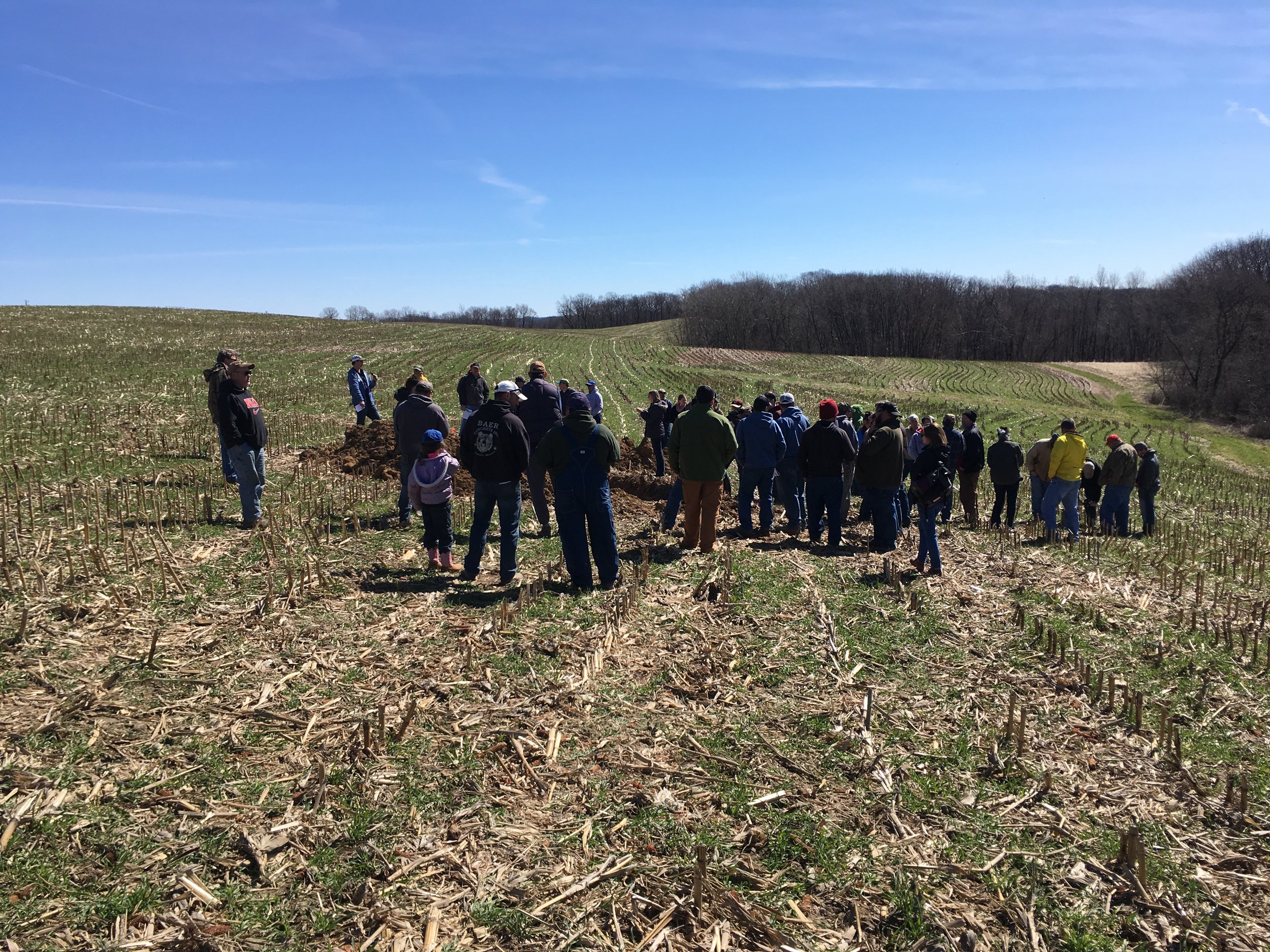Building
healthy soil
from the redwood forest
to the Gulf Stream waters
—
Our process combines a holistic, personal touch with intelligent and secure data-driven inputs.
Full-service
Every farm is unique, and so our service offering is vast and flexible. General consulting leads to a series of options for folks taking steps toward a more sustainable place. We walk through this process with the producer, landowner, and shareholder.
Direct connection
We work with operators, service providers, and agencies to bring the whole thing together. This involves direct interaction at all levels through the process of production. We are always next to those doing the work, and able to communicate through all channels.
Data ownership
Access to YOUR data is important, and it’s also important to have your data stored in a format the can be easily transferred.
We back everything up on servers, observe strict privacy rules, and complete data transfers at the discretion of the owner of the data. Some examples of this are USDA-NRCS/FSA/RMA reporting, IRS [farmland preservation, 45I], prescription transfer, and balance sheet/financial information submittal.
this land was made for you and me
—
as I went walking
that ribbon of highway
—
Our process is personal, powerful and proven.
01
NEVER-Till Farming
The first step to building healthy soil is to stop tilling the field. The absence of tillage reduces the risk of soil erosion.
The combination of no-till practices and COVER CROPPING between cash crops is the next step to regenerating our soils. As we like to say, “COVER MORE GROUND”.
02
GPS Replicated Soil Tests
A 2.5 acre grid is laid over the digital boundary of the field - this will generate a sampling point that is stored - this point on will be re-sampled at the completion of each crop rotation to track changes in soil health and essential plant nutrients.
03
Field Border Restoration
Data shows us profitable areas within each field boundary. Some areas within a field boundary are not profitable due to shade, lack of moisture, wildlife pressure, or degraded soil conditions that cannot be practically repaired. When these situations are present, we establish perennial vegetation on field edges, waterways, and buffering strips.
04
Extended Crop Rotation
Rotation is a key piece to the BMP [best management practices] approach. This helps to disrupt pest and disease cycles, reduce input costs, increase plant and soil health, and INCREASE farm PROFITS.
05
Controlled Traffic
Reducing trips through the field reduces horsepower requirement/acre and also compaction - no-till practice fix this problem. We may also recommend using field borders for heavy loads of grain leaving the field or areas to load trucks to keep the production area from suffering unnecessary loads resulting in compaction.




